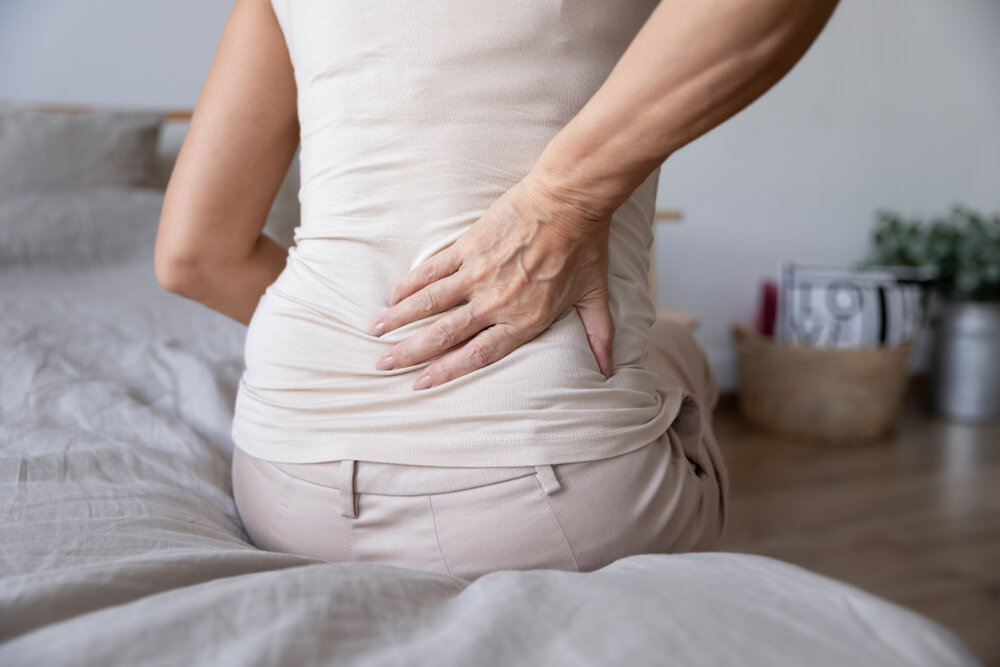When we lie in bed, we mostly don't think about our spines. However, our sleep will allow us to know whether we have back pain or not. So as you turn in for the night, note these tips on how to sleep to stop the back pain from the back specialists of Oklahoma.

Stay in a neutral place with your spine
Choose a good mattress of foam or add a topper for additional support. You may also adjust the location of your sleep or use pillows to neutralize your backbone.
An internal column will generate pressure points at the back of your head, your shoulder blade, your tailbone, or your heels and will not support a curve of your back or neck depending on how firm your column is, according to the back doctors.
Use Your Back to Sleep
The best place to sleep is on your back. This uniformly dispense weight around the body's larger surface, decreasing strain and ensures that your internal organs are balanced properly. Since your neck is unnatural, the worst place for sleep is on your back.
If You Are a Side Sleeper, Alternate Sides
Some evidence indicates that sleeping on one side of an incorrect mattress can cause muscle imbalance and pain. Place the hip, pelvic and spine aligned between the knees as shown below. When you are sleeping, remember how the hip alignment varies between your knees with and without a pillow.
Get a Pillow
The back specialists of OKC suggest, place your pillow under your neck and head, and avoid hurting your shoulders, regardless of your sleeping position. If you use your back for sleeping, ensure that the pillow lets you hold a neutral place between your column and the neck, as shown below. Using a thicker pillow on your side while you are asleep is also helpful.
Keep your neck positioned correctly while you are lying on your back, filling your neck with a pillow and mattress. Using a thicker pillow and put it under your ear while you lying on your side.
The Form of Help You Need is Decided by Your Body
If your hips are narrower than your waist, a softer mattress will match your pelvic width and hold your spine neutral, as explained below. A stronger surface provides more support if the hips and waist are in a fairly straight line. The position of the pelvis and lower spine are influenced by the sleep on a rigid surface (top) against a softer surface (bottom).
Contact Neuroscience Specialist for experienced back doctors who can help you get rid of this chronic back pain once and for all.
**Disclaimer- Information presented here is not intended to be qualified medical advice. Nothing expressed herein creates a doctor-patient relationship.

